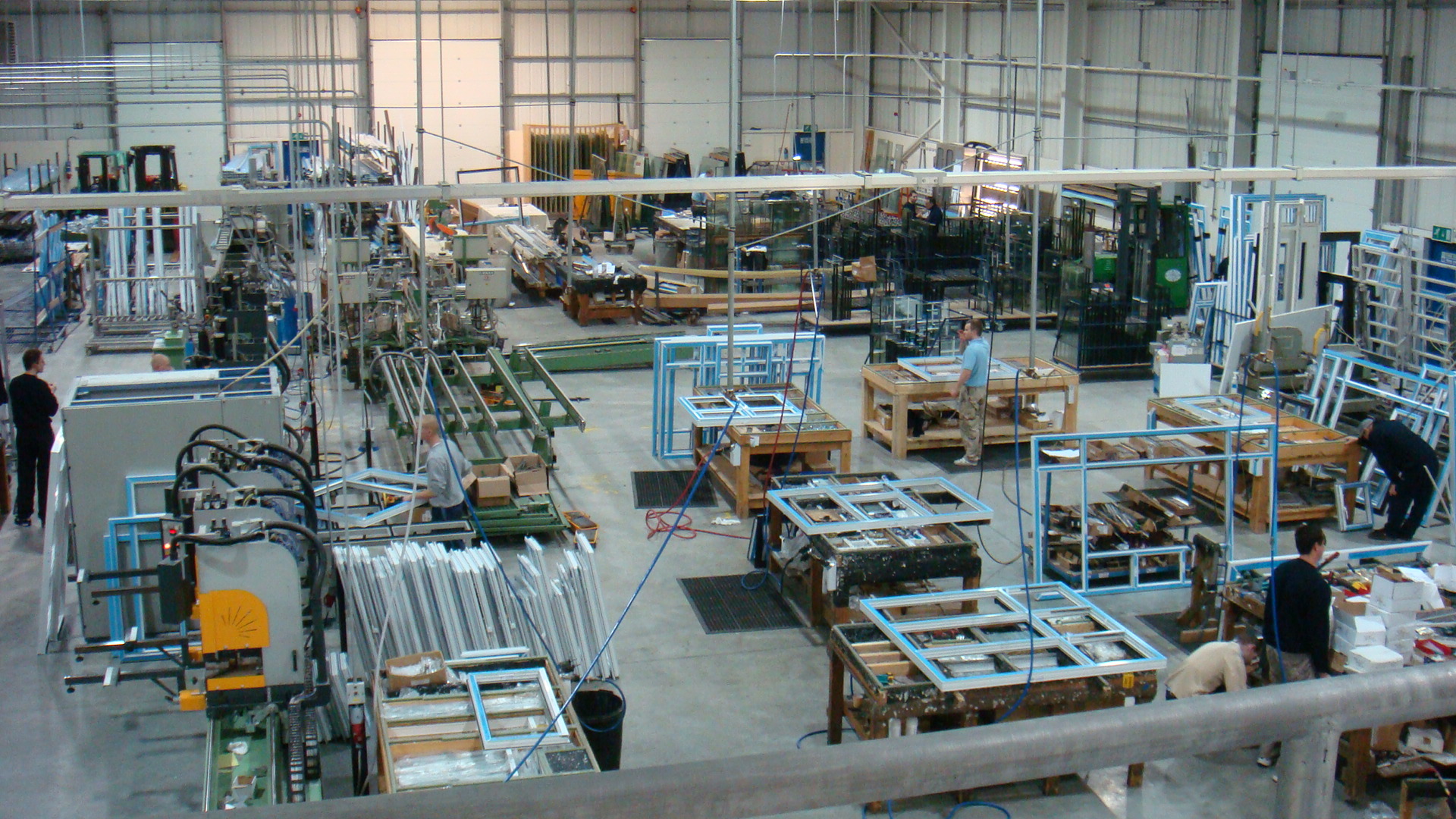Science
SCIENCE
As an undergraduate research scientist at Miami University I spent 1.5 years developing a Neural Network Model to more accurately predict electron disturbances(caused by solar flares) in the upper atmosphere. My model was designed to rectify common signal attenuation issues seen in GPS transmitters during periods of high solar activity.
The research was completed with the guidance of Dr. Qihou Zhou and Dr. Jade Y.T. Morton and made possible through grants from Miami University and the National Science Foundation.
̌
What the what??
The Northern Lights are a visible example of a high energy Coronal Mass Ejection(CME) or "Solar Flare" from the sun. This bundle of energy enters the Earth's atmosphere and creates beautiful displays in the sky. It also wreaks havoc on satellite signals, particularly low-frequency ones like GPS. So, they're awesome if you're camping with friends...not so fun if you're trying to navigate troops with GPS in a foreign country.
Okay...so what's a Neural Network?
A Neural Network is a math model. It originated in the 1950's as a way to mimic how we(humans) learn and think. By feeding a network a massive amount of data, say photos of license plates from all different angles and weather conditions WITH the corresponding correct license plate numbers, we can "teach" the network to identify your car the next time you speed past a radar camera...regardless of how infrequently you've washed it.
Alright, now then.
This massive radio antenna in Arecibo, Puerto Rico sends signals into the atmosphere all day, every day, and tells us what's going on up there. It stores this data in 3 dimensional data sets, like a book filled with numbers, page after page of numbers. We used 20 years worth of Arecibo climate data to train our Neural Network how to identify Solar Flares.
Eureka!
We saved the world! Just kidding. But we were able to accurately model the upper atmosphere during times of electron disturbance, and we did this better than any prior models. Hooray!










